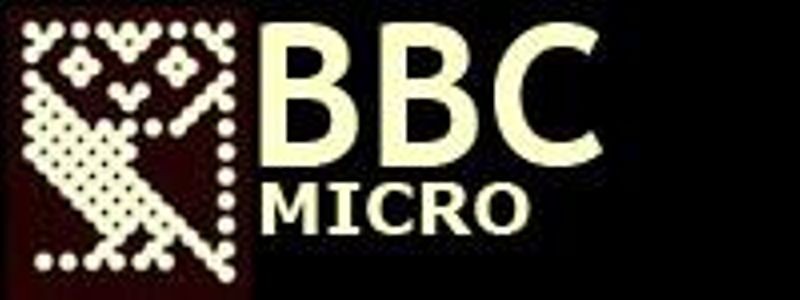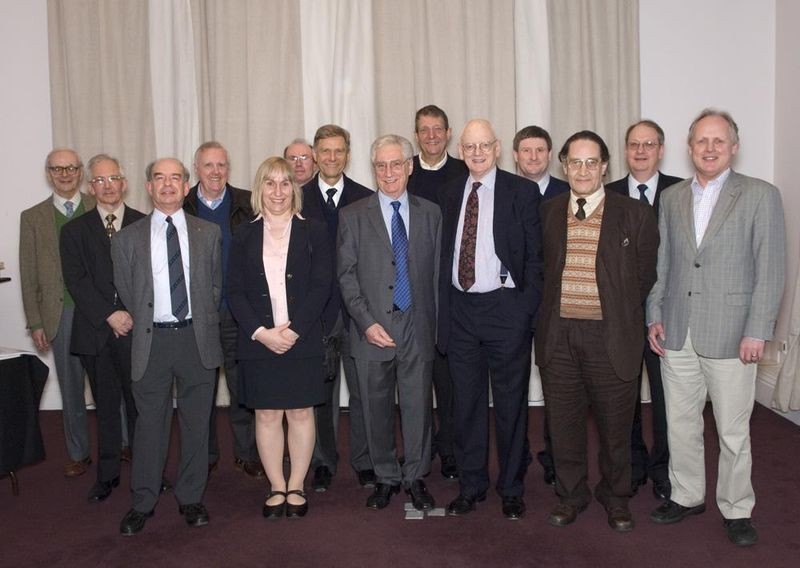

I love television AND computers and for me the BBC Micro story has both. Besides, I’ve always loved BASIC and in my opinion the BBC Micro is the machine that best delivered BASIC to schools.
The show opens on two men at a computer store in London. It’s a simple back-and-forth between a customer and a shopkeeper that relies heavily on fruit-based computer company names and misunderstandings about the computers of the day. It’s hardly Monty Python, but what was being presented were the first shots of The Computer Programme television program, a part of the most important computer literacy project ever undertaken, The BBC Computer Literacy Project, and the machine that had been built for it: the BBC Micro.
Dr. Christopher Evans of the National Physical Laboratory had presented a series called The Mighty Micro, which played on the UK’s ITV television network. This series, based on Evans’ book, launched a greater interest in microcomputers. The BBC, the UK’s largest media network, began to develop their own microcomputer television series, but with a different emphasis than Evans’ work. The BBC’s goal was to develop a programin which a general purpose microcomputer, available to the public, could be used to demonstrate applications in areas such as artificial intelligence, music, graphics, programming and games. This concept would eventually become The Computer Programme, but it required an actual computer that could be sold to the public along with the program.

The BBC Micro Team at a gathering in 2008.
The BBC met with several of the leading microcomputer companies in Britain at the time. Newbury Laboratories attempted to pitch their NewBrain, which was significantly under-powered for the project. Acorn, which was working on a new machine in its Atom line of computers, had preliminary sketches for a prototype new machine, called the Proton, which the BBC asked to get a look at, while also considering proposals from six other groups.
The design for the Proton had gone little beyond basic sketches. The Proton was going to be the next step forward for the Atom line of computers. The Atom was popular in both its pre-built form and as a kit that sold for £120. A team comprised mostly of Cambridge students, including Steve Furber and Sophie Wilson, took a week to transform the sketches into a prototype to show the BBC. Investing extremely long hours into the project, they managed to complete a machine that not only met the BBC specifications, but which exceeded them in many areas. It had especially powerful audio and video capabilities.

The BBC Micro Model BGift of Acorn Computers, Ltd., X665.86
The original 1981 BBC Micro usedthe MOS 6502 microprocessor running at 1.8 MHz with 16KB of RAM. The Micro had multiple video modes and multi-channel audio capabilities–features uncommon at the time on machines in its price range. The Micro sold for less than half the price of an Apple II system, the personal computer that had found great success in American education.
The BBC Micro Model B added ports, including the ‘Tube’ which allowed for the connection of other processors, including the ARM 1 RISC processor, which had been designed by Furber and Wilson. This expandability made the BBC Micro into a device that could be used in a great many applications. Networked BBC Micros were common in schools, allowing for some of the earliest networked gaming.
The BBM Micro was popular in educational setting, both in schools and with individuals using The Computer Programme for self-education. Sophie Wilson’s implementation of the BASIC programming language, known as BBC BASIC, was widely vieweed as one of the best implementations of BASIC available for commercial machines. It had the unique feature that users could use an inline assembly to directly write 6502 assembly code. The widespread availability of BBC BASIC led to the creation of a cottage industry to provide software for the computer. BBC Micros were most often used in the creation of user’s own programs, and games were a popular choice to create. Many of the ‘companies’ that were formed were started by young people who would later go on to establish the UK gaming industry as the third strongest in the world. Games such as Elite and Labyrinth gained strong followings and established the BBC Micro as a popular gamer’s platform.
Games became one of the biggest segments of software for the BBC Micro. Some of the classics were based on established ideas like Dr. Who (Dr. Who and the Warlord) and Atari’s Star Wars and Paperboy games, as well as originals like Imogen, Hairraiser and Snooker. These were some of the most popular programs of all, and they encouraged a generation of English game programmers. The Computer Programme presenter Ian McNaught-Davis’ asserted “I really hate to see computers used for just playing games. To my mind it’s kind of degrading when they could be used for more serious purposes.” Despite his protests, it remained a popular system for games for more than a decade. While many point to the BBC Micro as an excellent tool to introduce young people to programming, it was its use as a game machine that was responsible for its popularity in the home.
Acorn produced a follow-on to the BBC Micro called the BBC Master, which was the first commercial machine to use the ARM architecture. More than two hundred thousand Masters were sold between 1986 and 1989. The second machine to use the ARM architecture, the Archimedes, was popular in the UK and Australia, but suffered in the market against the proliferating IBM PC platform. The BBC Micro series of computers remained popular in education well into the 1990s.
The BBC Micro’s impact on the UK computing scene can be compared to the impact of the Apple II in the US. A great many young people were introduced to computers for the first time through BBC Micros in the classroom and on The Computer Programme television series. More than a million BBC Micros were sold and more than 80% of all schools in the UK had at least one. The BBC Computer Literacy Project became one of the most successful computer literacy projects in history, and the 2012 re-launch of the project using the Raspberry Pi’s $25 computer, as well as projects such as One Laptop Per Child, all took inspiration from it. Many individuals currently involved in the British software industry got their start programming for the BBC Micro, helping to establish the UK as a major provider of software to the world.
While The Computer Programme and its comedy may seem dated today, you could say for its role in changing the perception of the English towards the computer, it was dead brill.